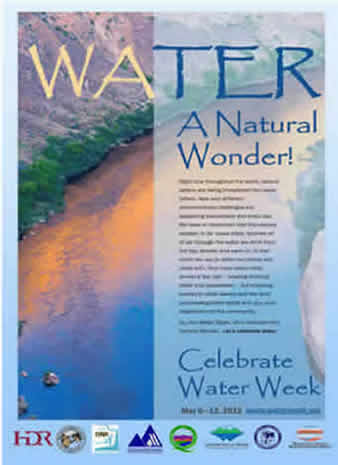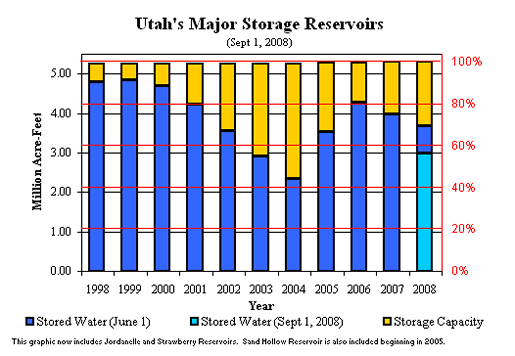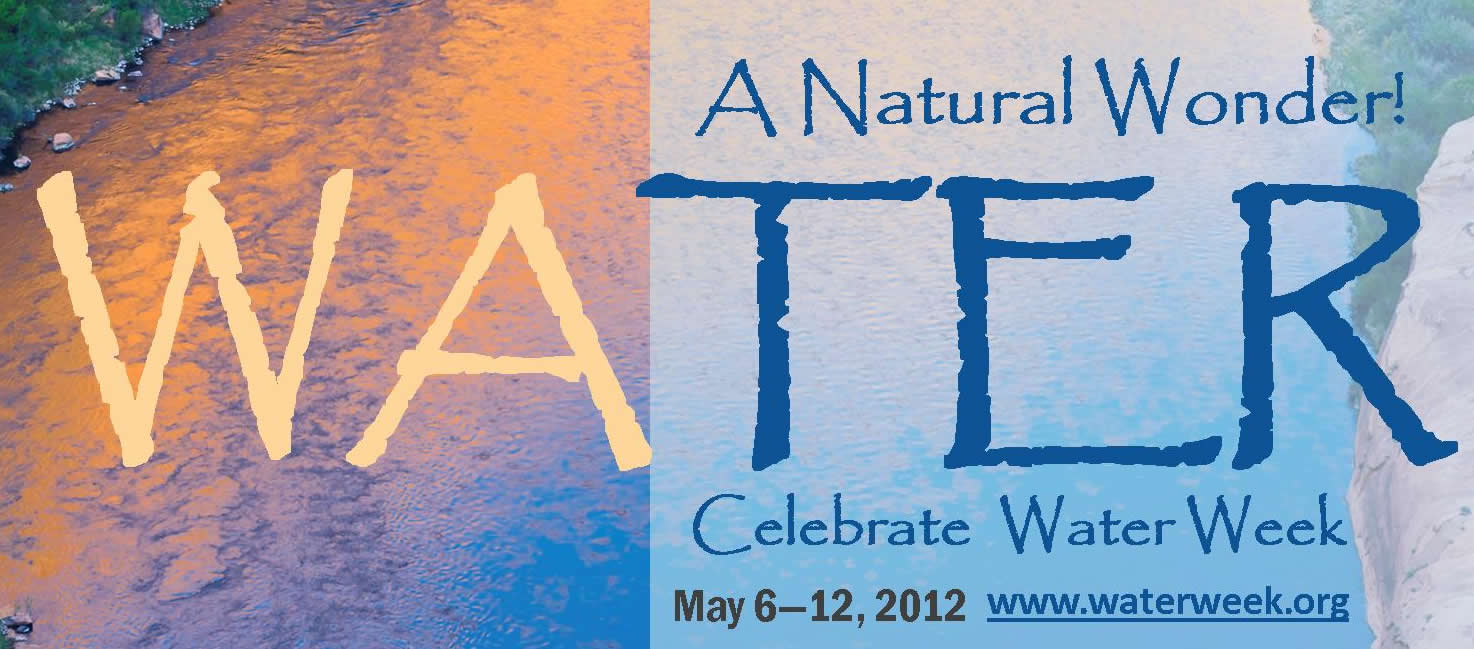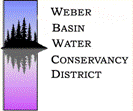Right now throughout the world, natural waters are being threatned like never before. New and different environmental challenges are appearing everywhere and every day. We have to remember that this natural wonder, in its' clean state, touches all of us: through the water we drink from the tap, shower and swim in, to that which we use to water our plants and crops with. Your local water utility serves a key role-treating drinking water and waste water- but ensuring access to clean waters and the land surrounding them starts with you, your neighbors and the community.
So, this Water Week, lets celebrate this Natural Wonder. Let'scelebrate Water Week

Come Find Us on Facebook 
History of Water Week
History of Water Week
In the year of 2007 governor John Huntsman Jr. signed the legislation designating a state-wide water week, declaring the first full week in May Water Week. This years Water Week is the week of May 1st – 8th. During this week we will have many different fairs, celebrations, brown bags and film screenings. Using our events and activities, we hope to promote the importance of water and help educate people on the importance of Conservation!
The goal of Water Week is to promote the importance of Water and Water conservation. Conservation is very important and each year gets more critical each year as water runs low. According to the United Nations Development Program (UNDP), more than 1 billion people – about one in six people in this world – have no access to clean and safe drinking water while over 2 billion lack accesses to adequate sanitation. The effects of unclean water often lead to an endless cycle of poverty, conflict, disease and death.
If we continue to follow the current trend, by the year 2025 two thirds of the people in this world will not have sufficient access to clean water. The first step to solving the water crisis is to promote and enforce the right to safe, clean water for every individual. In particular, securing women’s rights is crucial because women are both the ones most affected by the water crisis as well as the ones who are often leading the fight for safe water in their communities. Providing an integrated and long-term approach of water, sanitation and hygiene helps people take the first step out of the cycle of poverty and disease.

After five consecutive years of drought (six for the southwestern portion of the state) Utah experienced a much wetter than average 2005 water year. The drought conditions, which plagued virtually every western state for half a decade, abated somewhat for the southwestern portion of the country, including most of Utah . The 2005 water year nearly doubled the amount of water stored in 24 of the state’s major reservoirs (excluding Flaming Gorge and Lake Powell ). Total water stored in those 24 reservoirs had declined from nearly 3.5 million acre-feet in 1999 to about 1.25 million acre-feet (about 33% of capacity) in 2004. Although the 2006 water year has not been as wet as 2005, it has still been a boon to the state, boosting statewide reservoir storage nearly half a million acre-feet to 2.85 million acre-feet, about 75% of capacity. Utah ’s improved reservoir storage situation implies that water supplies should be adequate for agricultural use, as well as municipal and industrial uses throughout the summer and fall of 2006. Most of the unfilled capacity shown in the graphic above is in Bear Lake . Although Bear Lake has benefited from two wet years, it still has a long way to go before filling. Bear Lake’s low level is reflected by the Bear River Basin’s Surface Water Supply Index (SWSI), which at -2.2 is the lowest in the state, and continues to classify the Bear River Basin as being in a drought “phase 1” situation. Although the Bear River Basin maintains a drought phase 1 classification, there are adequate supplies in the basin for agricultural uses as well as M&I uses. The only other area of the state with a SWSI below the normal range is the Price River Drainage at -1.2. |






